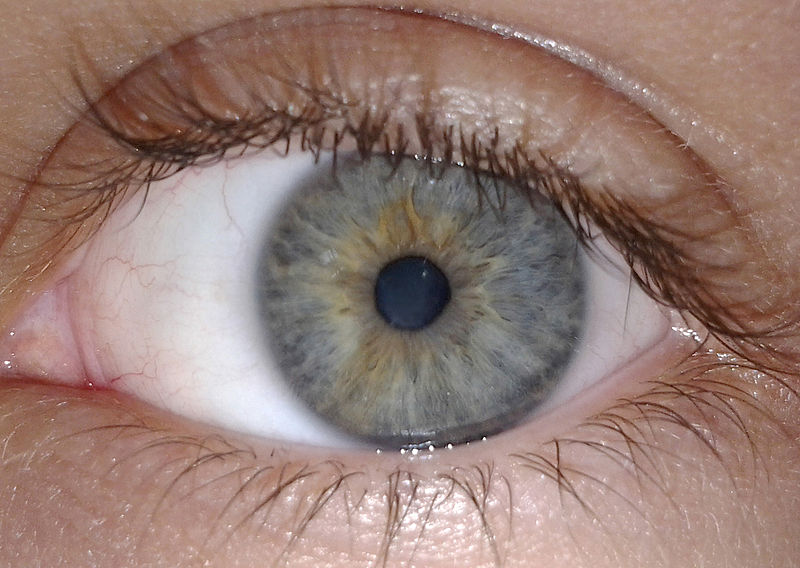Complications
Long term complications of diabetes
The potential long term complications of diabetes are traditionally described as microvascular and macrovascular, based on the size of the affected blood vessels.
So called microvascular complications occur due to exposure of small blood vessels (capillaries) to higher than normal blood glucose levels over many years and include damage to nerves (neuropathy), kidneys (nephropathy) and the eyes (retinopathy).
Problems affecting the larger blood vessels can also affect patients without diabetes and are known as macrovascular complications. These include heart attacks, strokes and problems affecting the blood supply to the feet.
Picking up problems early
Annual screening checks are designed to pick up any complications before they become symptomatic. If complications are picked up at a very early stage they may be reversible or the risk of progression can be minimised by improving glucose control and other risk factors.
For example, retinal screening allows photographs to be taken of the back of the eyes to look for any signs of retinopathy. It is common for most patients to have minor changes relating to diabetes, or so-called background retinopathy, after having had diabetes for more than 5 years.
This is not a concern and should not affect your vision, but diagnosing more significant eye problems early may also allow early referral to the eye clinic and consideration can be given to laser treatment to prevent progression of retinopathy.
Foot screening aims to pick up nerve damage or circulatory problems early and identifies patients at risk of developing foot problems who may benefit from regular podiatry input. Urine testing is also important as this can detect microscopic amounts of protein in the urine - an early sign of diabetic kidney disease.

Alexageev at Wikimedia / CC BY-SA 3.0
Specific medications (ACE-inhibitors) can then be given to lower the amount of urinary protein.
Reducing your risk
The risk of developing complications can be dramatically reduced by maintaining good blood sugar control over a number of years, hence why doctors often focus on the HbA1c blood test.
However, complications may develop despite your best intentions. Indeed, unknown genetic factors may play an important role in some individuals.
Other factors which can reduce the risk of complications include stopping smoking, control of high blood pressure and medications which lower cholesterol. These may be particularly important in reducing the risk of heart attacks and strokes, as is the case in individuals without diabetes.
What if problems do develop?
Your diabetes team may refer you on to other doctors such as an ophthalmologist, cardiologist or renal physician, who may offer specialist treatments.
Diabetes foot disease can present in a number of ways e.g. numbness, or burning pains, although it may present as a new foot ulcer. Regularly podiatry input may be needed and special scans may be required to look at the circulation. If painful neuropathy is a problem various tablets and creams can be used to reduce discomfort.


All efforts have been made to ensure materials created by the EDU comply with current accessibility guidelines (JISC: Support for learners with disabilities).
If further assistance is required with accessibility matters please contact the student support section in your academic partner UHI: Accessing learner support.
We welcome any comments on how to improve this unit. Please feel free to pass these on at any time.
If you have any difficulty viewing this resource please contact EDU (edu@uhi.ac.uk) with:
- the name of the resource;
- a description of the problem (please give as much detail as possible);
- the section of the resource where the problem occurred;
- your internet browser (you can check your browser version at: http://detectmybrowser.com/).
UHI provides links to external sources of information and may refer to specific Web sites, products, processes or services within this resource. Such references are examples and are not endorsements and whilst every effort is taken to ensure the accuracy of information provided UHI is not responsible for any of the content or guidance. You are advised to exercise caution.
Download a copy of this resource in PDF format.
You can also print individual pages by printing directly from the browser.